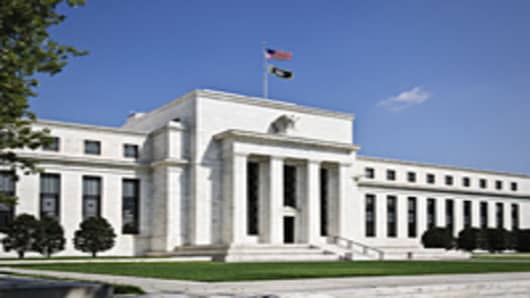The beige book is an important indicator on the state of the U.S. economy and as such, is a critical tool for the Federal Reserve in making key decisions. CNBC explains.
What is the beige book?
It's a commonly used name for a report from the Federal Reserve called the Summary of Commentary on Current Economic Conditions by Federal Reserve District.
It's published just before the Federal Open Market Committee , or FOMC, meets to decide on interest rates and is used to inform the members on changes in the economy since the last meeting.
This report is published eight times per year and released to the public, usually through business news organizations.
What information does it have?
Each Federal Reserve bank—and there are 12 of them around the country—gathers anecdotal information on current economic conditions in its district. The beige book generally consists of reports from bank and branch directors and interviews with key business contacts, economists, market experts, and other sources.
The beige book is a summary of this information by district and sector.
In preparing for their meetings, FOMC members also receive the "green book," containing the FRB staff forecasts of the U.S. economy. This is coupled with the "blue book," which presents the board staff's analysis of monetary policy alternatives.
Only the beige book is available to the public, and it is released approximately two weeks before each FOMC meeting.
Why is the information important?
The Fed uses this report, along with other indicators, to determine interest rate policy at FOMC meetings.
For instance, if the beige book portrays inflationarypressure—an increase in prices on goods and services—the Fed may raise interest rates to slow down the economy.
If the book portrays recessionaryconditions—a slow economy with unemployment—the Fed may lower interest rates, which could help speed up consumer buying and lending to companies and boost employment.
When did the beige book start?It was first used in 1970, but started becoming more well known by 1985 when former Dow Jones reporter Paul Cox requested to see the report. The request was granted, forcing competing journalists to demand access to it the following month.
Why is it called the beige book?
The Fed's internal copies are the color beige. However, the copies released to the press and public have white covers.
The report initially had red covers and was known as the "red book" when it began in 1970. But the color and the name changed with the report's first public release in 1985.



